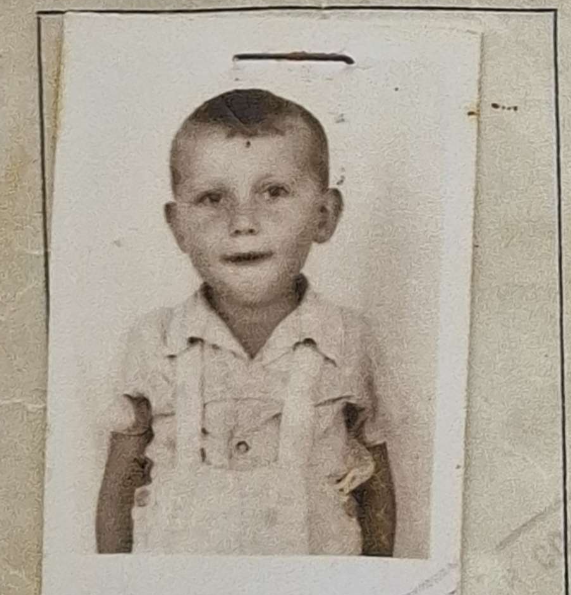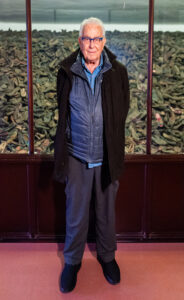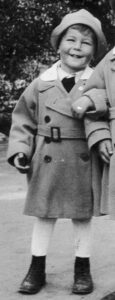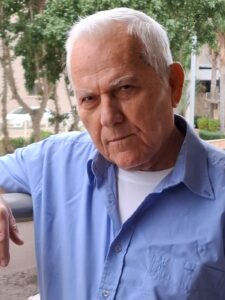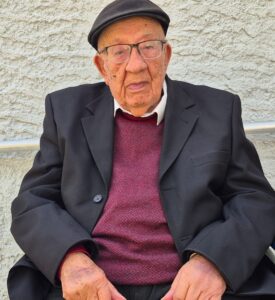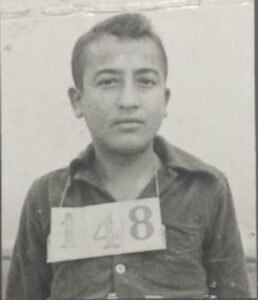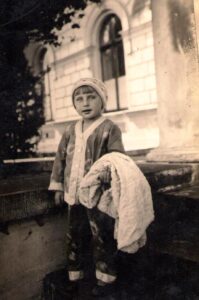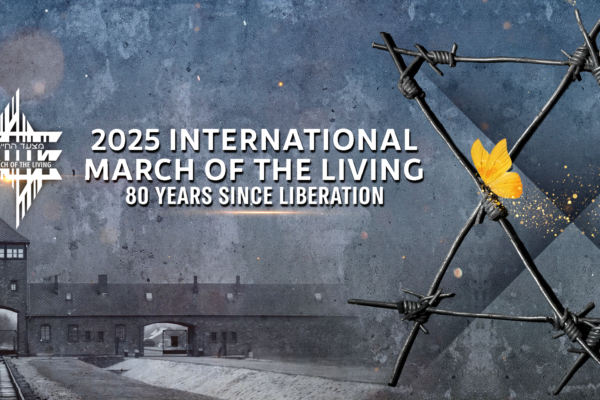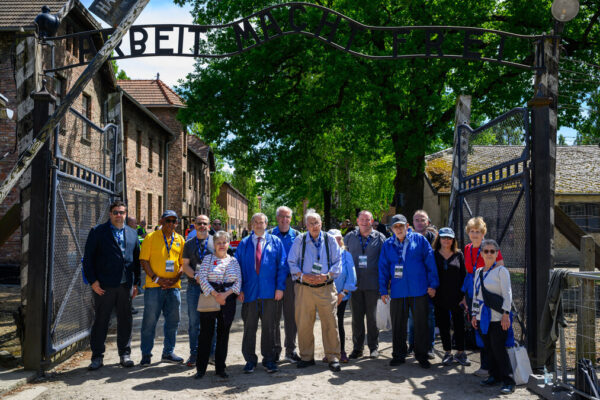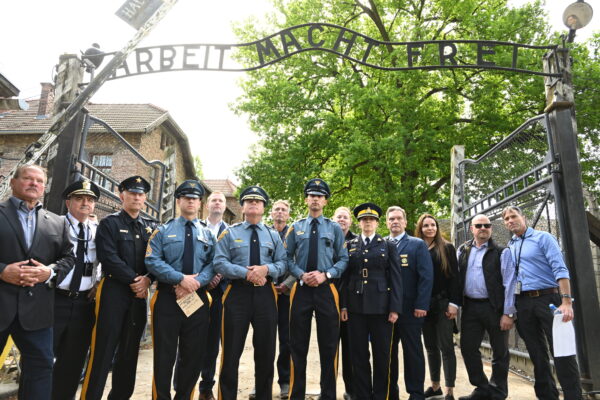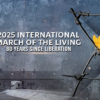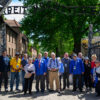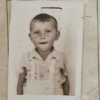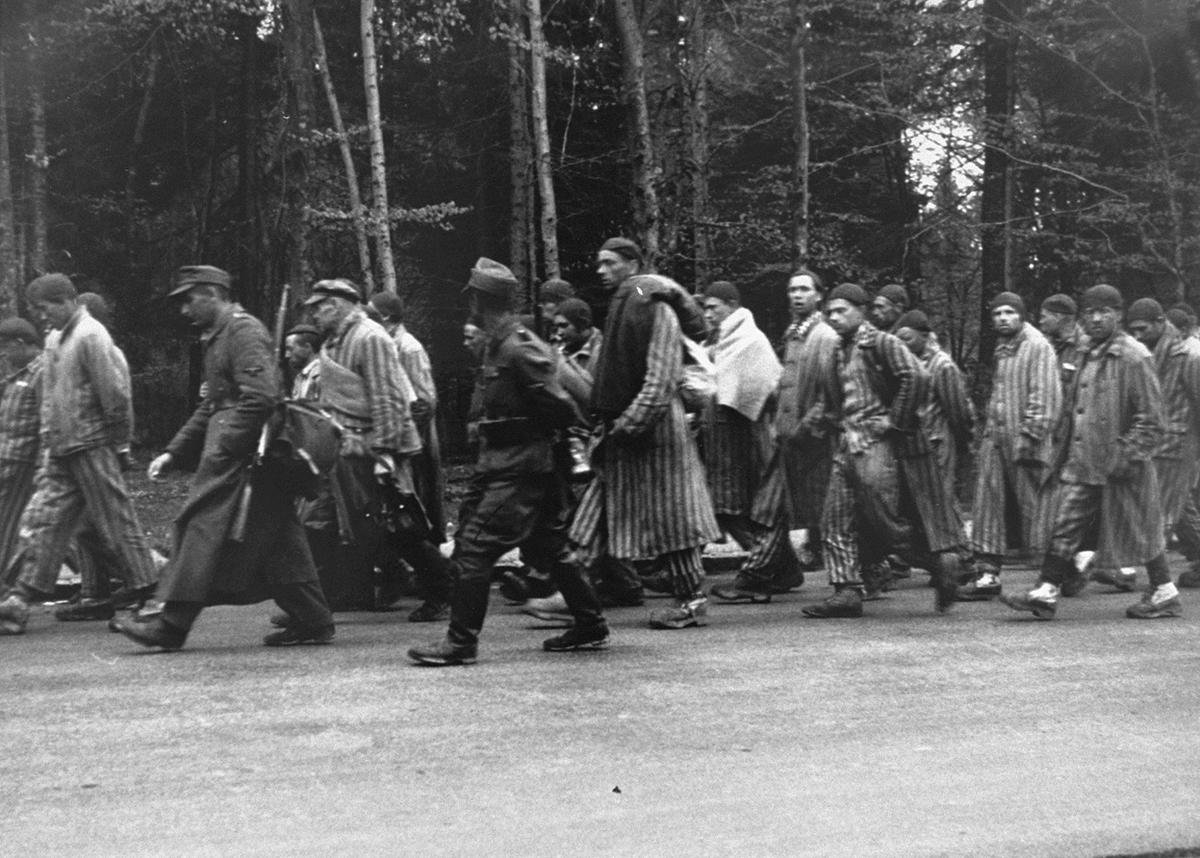
Prisoners on their way out of the Dachau concentration camp. Grünwald, 29 April 1945. Photo collection: Anne Frank Stichting, Amsterdam
In the final, brutal months of World War II, hundreds of thousands of Jewish prisoners were forced on death marches—long, punishing treks across freezing terrain, with little food, no shelter, and the constant threat of execution. These forced evacuations from concentration camps like Auschwitz, Stutthof, and Gross-Rosen were designed to leave no witnesses behind.
Eighty years later, a handful of those survivors—now in their 90s—are returning to Poland. Not to flee, but to lead. As honored participants in the 2025 March of the Living, they will walk the three kilometres from Auschwitz to Birkenau, retracing grounds once soaked with despair, now reclaimed in memory and resilience.
These survivors, once children or teenagers barely clinging to life, are some of the last living witnesses to the horrors of the Nazi death marches—Holocaust survivors who were forced to walk through snow and starvation, across hundreds of miles of hostile terrain, in the final months of World War II. They will walk alongside thousands of students, educators, leaders, and dignitaries worldwide. Their presence offers a living testimony to history’s darkest chapters—and a quiet defiance against forgetting.
For many, the March of the Living is an act of remembrance—and a passing of the torch. Holocaust survivor and Nobel Laureate Elie Wiesel once said, “When you listen to a witness, you become a witness.” A new generation takes on the sacred responsibility of memory by standing with these survivors, hearing their stories, and walking in their footsteps.
Here are the stories of several extraordinary individuals who survived the death marches.
Naftali Furst, 92 – “The suffering was worse than death”
Born in Bratislava, Naftali survived Auschwitz-Birkenau, a death march, and Buchenwald—saved by a righteous barracks leader who helped rescue over 900 Jewish children. “A miracle happened,” he recalls of his arrival in Auschwitz just after the gas chambers were shut down.
Israel Shaked – “Only 10 survived”
The youngest of six siblings, Israel was a baby when his father died of tuberculosis in forced labor. His family was packed into a ghetto in Hungary, then diverted from Auschwitz to Vienna for slave labor. He survived a death march to Mauthausen. Of the 130 members of his extended family, only ten survived. “This march,” he says, “is about remembering them.”
Yosef Farkash – “I weighed 28 kg when I was freed”
From a family of 13, Yosef endured forced labor, near execution, a death march, and a bullet wound in his leg. “I changed rags all night to treat it myself,” he remembers. After liberation, he was carried onto a train to Switzerland, where he was nursed back to health. Today, he and his wife have a family of 64 great-grandchildren.
Bella Eizenman, 98 – “It is a march that is all about victory”
Bella was 12 when the war began. Her father died under Gestapo torture; her brother starved. She passed Mengele’s selection and survived Auschwitz, Bergen-Belsen, and a death march. During one escape, she hid beneath straw in a barn while soldiers stabbed at it with bayonets. “Eighty years ago, I escaped with my last strength. This march now is a triumph.”
Nate Leipciger – “You cannot have hate in your heart”
At Auschwitz, Nate was pulled out of the gas chamber line by his father—who saved him twice. Together they survived seven camps and a death march before being liberated by American troops. He immigrated to Canada in 1948, where he built a large family and has returned to the March of the Living more than 20 times. He advises young people not to ever hate. “You cannot have hate in your heart without being hateful against yourself…. when you are hateful, you become bitter, you resent everything, and that becomes part of your nature.”
For the survivors who have returned to one of the sites of their most tremendous suffering, this journey is not easy. Every step carries the weight of memory—of family lost, childhoods stolen, lives forever changed. Some have not set foot on this soil in decades. Yet these remarkable Holocaust survivors come back with courage, not to relive the past, but to speak its truth. This journey will stand as a testament to their strength and resilience while the next generations take on the mantle of remembrance.
Their presence on the March of the Living is a living defiance against the forces that tried to erase them. They walk with thousands who listen, learn, and carry their stories forward. As these last witnesses age, the responsibility shifts to us. It is our turn—not only to remember but to speak, educate, and ensure that Never Again is more than a promise. It is a vow we renew with every step we take beside them.
To read their full stories, visit the International March of the Living Survivors Database at motl.org/survivors
